Resource Centre
Discover a wealth of knowledge and insights from the experts at StarFish Medical. Our Resource Centre offers product development tips, reviews of new and cutting-edge technologies, and in-depth articles on regulatory updates and compliance in medical device development.
-

Many developers have tried using AI to generate code, often called “Vibe Coding”. Sometimes, the results are nothing short of amazing. Other times, the results are mixed, or worse.
-

Medical device development is a complex process that requires careful attention at every stage.
-
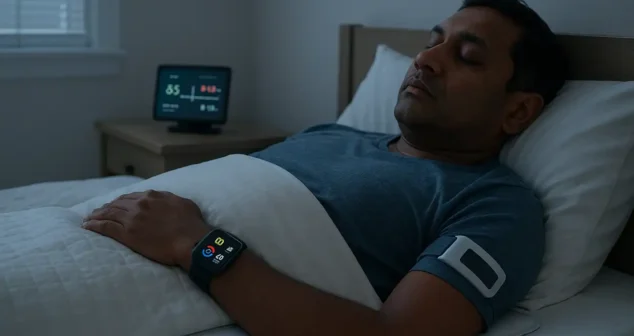
Many of the medical devices created at Starfish take advantage of sensors to convert the real world into digital data that can be understood by computers.
-
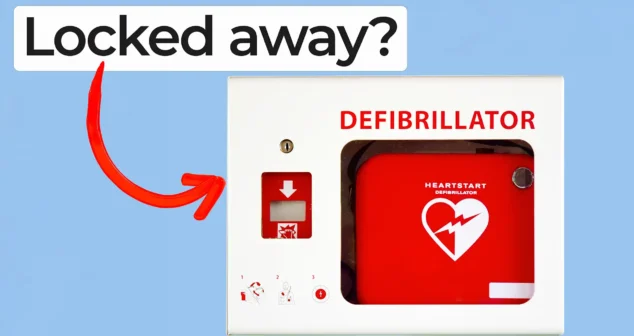
Even the best-designed devices, prepared with careful simulations and usability studies, can behave very differently when used in actual clinical or emergency situations.
-

Nigel Syrotuck and Nick Allan explore the surprising reality of inhaler spacer use. While these devices are often thought of as tools for children with asthma, research shows that adults struggle with them too.
-
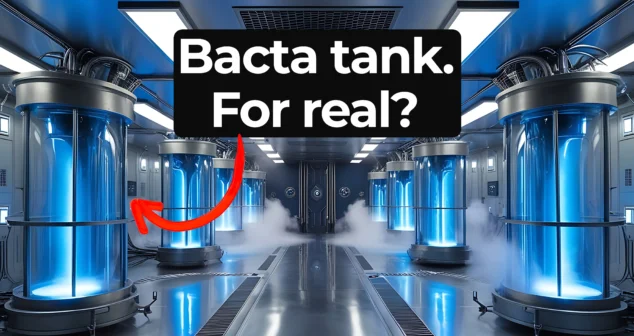
Ariana Wilson and Mark Drlik take inspiration from a scene in The Empire Strikes Back to talk about real-world parallels to the Star Wars bacta tank.
-
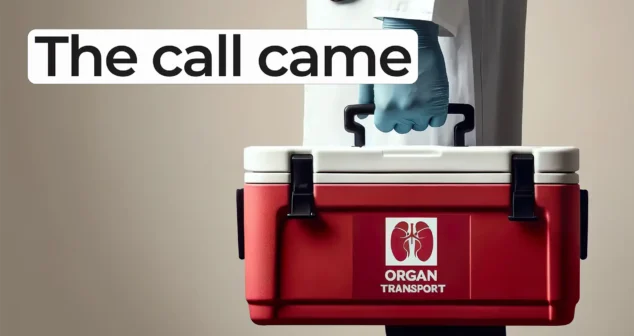
In this Before the Build episode, Eric Olson and Paul Charlebois dive into the importance of organ transplant logistics when designing effective medical devices.
-
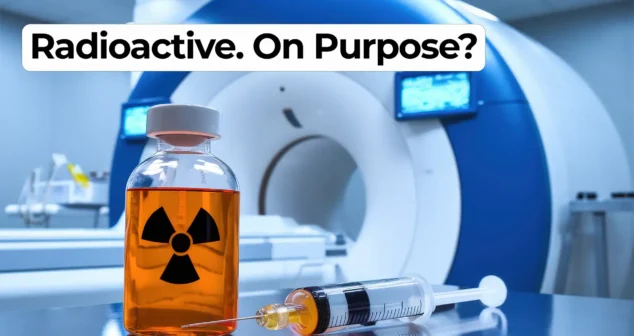
Radiopharmaceutical device development is gaining momentum as medical teams explore new frontiers in diagnostic imaging and cancer treatment.
-
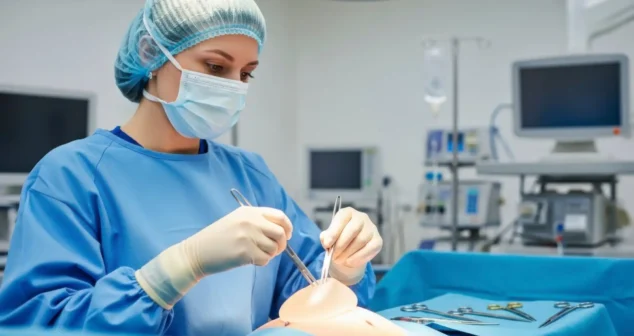
The simplest and least expensive way to train users of medical devices is to ask them study the Instructions for Use (IFU) beforehand.